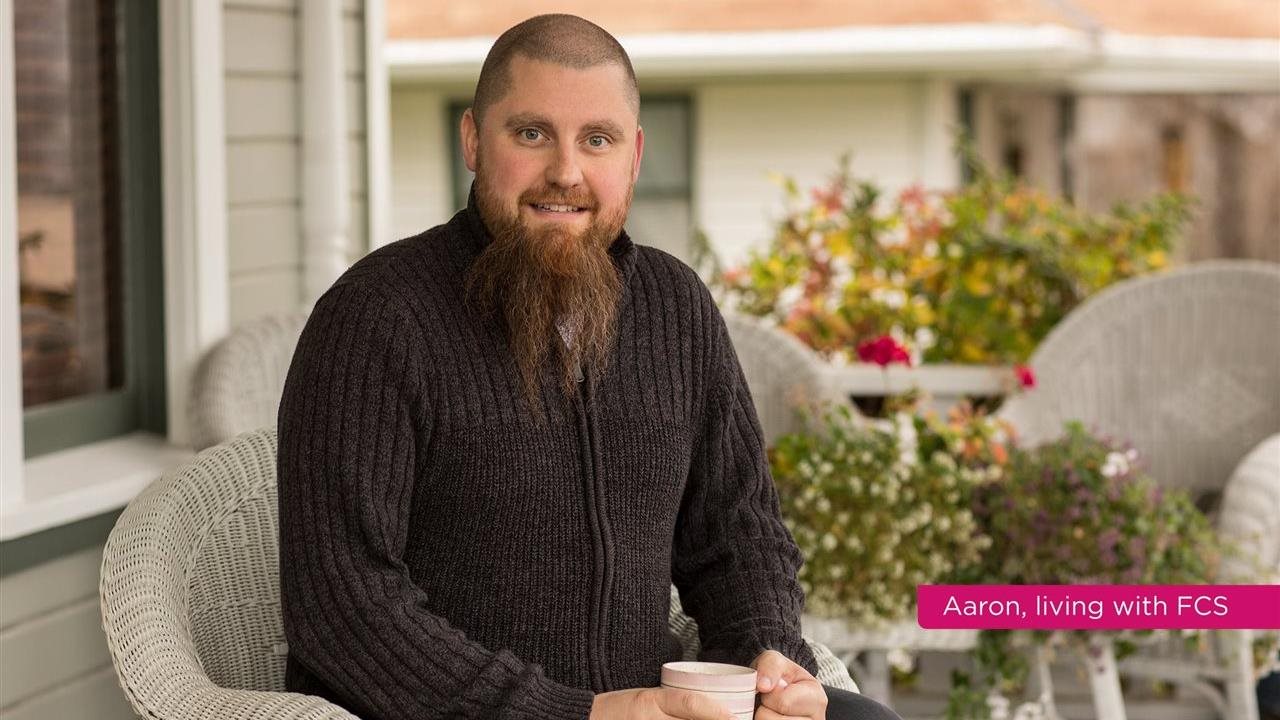2024-10-23T10:43:00
(BPT) – The line between reality and deception has blurred in our digital world, with cybercriminals leveraging cutting-edge AI technologies to exploit our trust in celebrities. McAfee’s 2024 Celebrity Hacker Hotlist sheds light on a growing threat — online scams using the identities of our favorite stars to trick and steal from us.
Actors, Singers, Online Influencers Lead the Celebrity Hacker Hotlist
Actress Scarlett Johansson leads the list of most exploited celebrity names. Renowned for her roles in Marvel’s Black Widow and Lost in Translation, this time, Johansson isn’t making headlines for a movie — she’s ranked as the U.S. celebrity whose name is most frequently used in online scams.
Johansson’s likeness has been used in AI-generated deepfakes, from unauthorized ads to fake endorsements, creating a major risk for unsuspecting fans.
Celebrities like Kylie Jenner, Taylor Swift, and Tom Hanks also find themselves in the top 10, with hackers exploiting their images, voices, and reputations to deceive internet users. Whether it’s for fake giveaways, cryptocurrency scams, or disinformation campaigns, these stars are unwilling participants in the cybercrime ecosystem.
McAfee’s 2024 Hacker Celebrity Hot List: Top Ten
McAfee’s Threats Research Team compiled the Celebrity Hacker Hotlist by identifying the celebrities — including social media influencers — whose names and likenesses are most often exploited in malicious deepfake scams and unsafe search results that can lead consumers to unknowingly install malware or engage with scams that jeopardize their data, privacy, and identity.
The top ten list includes a combination of longtime talent and more recent names from various fields, showcasing their potential influence on consumers of all generations:
1. Scarlett Johansson: Actress and singer whose name and likeness has been used without permission for advertisements and endorsements, outspoken advocate against non-consensual AI-generated content
2. Kylie Jenner: Reality star and influencer whose name and likeness has been used without permission for social media giveaway scams and fake Kylie Cosmetics products and websites
3. Taylor Swift: Singer whose name and likeness has been used without permission for celebrity endorsement, ticket scams, and product giveaway scams, as well as for disinformation (political endorsement)
4. Anya Taylor-Joy: Actress whose name and social account/likeness has been used without permission for a giveaway scam, and to spread misinformation about her streaming series
5. Tom Hanks: Actor whose name and likeness has been used without permission to promote “miracle cures and wonder drugs”
6. Sabrina Carpenter: Singer whose name and likeness has been used without permission for fake ticketing scams and to advertise an app for creating sexually explicit images
7. Sydney Sweeney: Actress whose name and likeness has been used without permission for crypto scams
8. Blake Lively: Actress whose likeness was used without permission in a weight loss gummy scam
9. Johnny Depp: Actor whose likeness has been used without permission in giveaway, crypto, and fundraising scams
10. Addison Rae: Singer and actress whose likeness has been used without permission for fake endorsements, giveaways, and crypto scams
The Rise of AI Deepfakes in Cybercrime
AI is revolutionizing industries, but it’s also given cybercriminals a powerful new tool: the deepfake. These highly realistic video or audio clips can mimic the likeness of a person, making it nearly impossible to tell whether the content is real or fake. Deepfakes of celebrities are being used to promote fraudulent products, steal personal information, and trick people into downloading malware. Imagine watching a video of your favorite star endorsing a new product, only to find out it wasn’t them at all. This is a reality many fans face as scammers get better at crafting fake content. Some of these AI-generated videos are so convincing that even the savviest of internet users can fall for them.
The Impact on Fans and Celebrities
While these scams primarily aim to steal money or personal data from consumers, the effects are far-reaching. For fans, the consequences can be devastating, with financial losses ranging from a few hundred dollars to over half a million. In addition to the financial risks, victims often feel violated after engaging with fraudulent content. For celebrities, these scams can have a serious impact on their public image and brand. Many stars, including Johansson, have taken a firm stand against the unauthorized use of their images in AI-generated content. As Johansson has publicly expressed, it’s not just about personal privacy but about the broader implications of AI and the need for accountability in the tech world.
Staying Safe in the Age of AI Scams
As AI becomes more accessible, these scams are only expected to rise. To combat this growing issue, McAfee has introduced the McAfee Deepfake Detector, the first AI-powered tool of its kind. Trained on hundreds of thousands of samples, this tool can alert users within seconds if a video or audio clip contains AI-altered content. But technology alone can’t keep you safe. Here are some practical tips to protect yourself from AI-generated scams:
1. Scrutinize Social Media: Social media platforms are hotbeds for disinformation and scams. Be skeptical of shocking or too-good-to-be-true claims, especially if they involve celebrities.
2. Validate Sources: Always verify claims by cross-checking with reliable news outlets and websites. Don’t trust content without fact-checking it first.
3. Detect Deepfakes: Look closely at the content for unnatural features — odd blinking patterns, mismatched audio, or distorted body parts can be signs of a deepfake.
4. Engage with Caution: Avoid commenting on, sharing, or even clicking on unverified social media posts. Engaging with them can increase your exposure to scams.
5. Be Mindful of Your Information: Never give out your personal details to unverified sources or websites. Phishing scams often request sensitive information under the guise of a celebrity endorsement or giveaway.
In 2024, staying safe online means being aware of the rapidly evolving landscape of AI and cybercrime. Scammers are getting better at mimicking trusted names to deceive fans. With AI-powered tools like deepfake detectors and informed vigilance, we can reduce the risk of falling victim to these digital traps. Stay informed, stay cautious, and always think twice before clicking on a too-good-to-be-true celebrity endorsement. For more information about McAfee’s 2024 Celebrity Hacker Hotlist and ways to protect yourself, visit https://www.mcafee.ai.
Methodology
The study was conducted by McAfee® threat intelligence researchers to determine the number of risky sites and amount of misleading content generated by searching a celebrity name with commonly used terms. A risk score was calculated for each celebrity. McAfee’s WebAdvisor browser extension leverages McAfee’s technology to protect users from malicious websites and, when turned on, rates nearly every internet website it finds, using red, yellow and green icons to indicate the website’s risk level and blocking access to or warning a user if they click on a malicious or risky URL link. Ratings are created by using patented advanced technology to conduct automated website tests and works with Chrome, Edge, Safari, and Firefox.




















